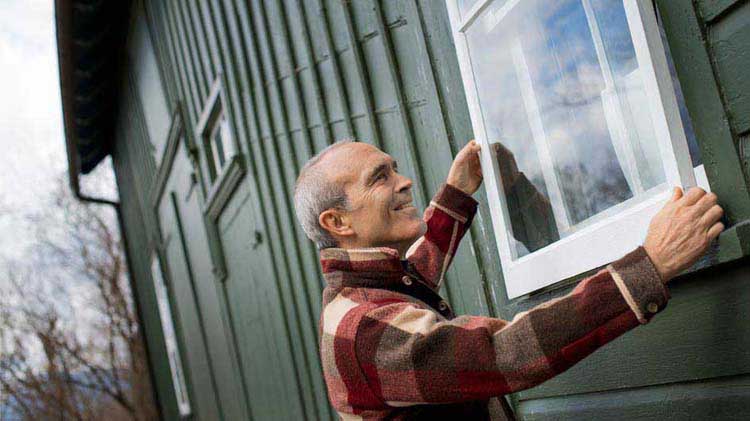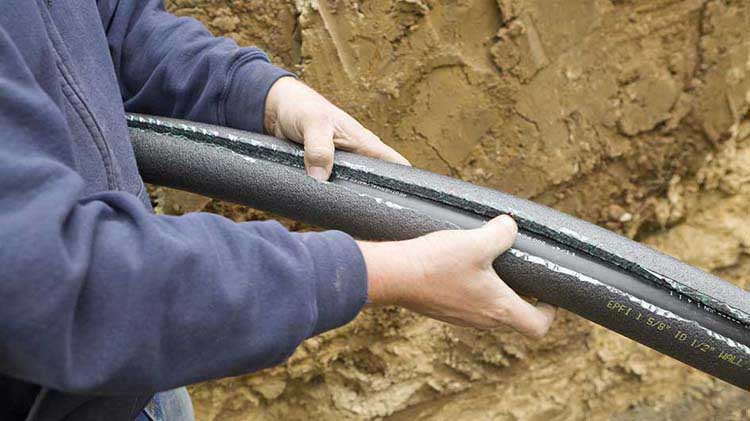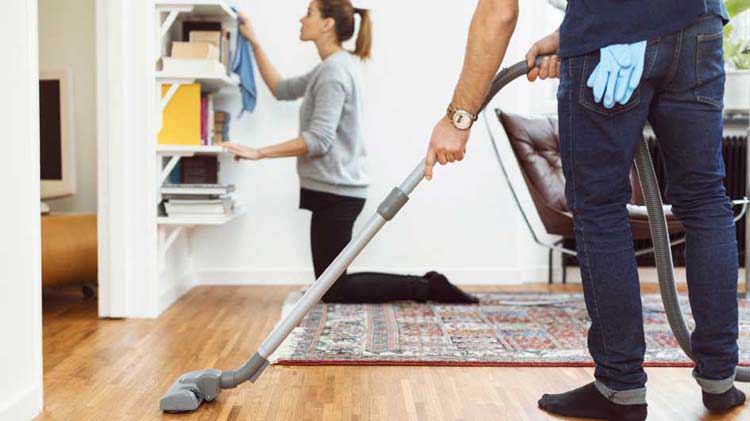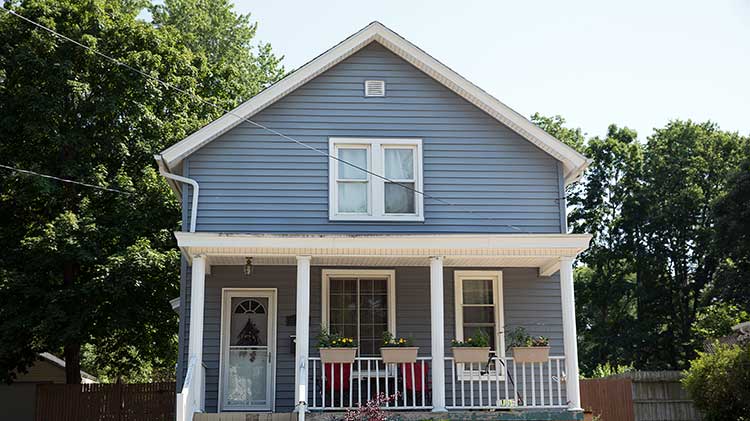Maintaining a historic home
With a historic home, completing these home maintenance tasks a little bit at a time could improve the overall resale value of your home.
Home maintenance for historic and older homes can seem daunting, but the results may be worth it when it comes to resale value. The key is to maintain original charm while improving efficiency over time. Consider creating a maintenance schedule for your historic home that includes how often you will inspect the different building elements – for example: 6 months and 12 months. First, create a checklist of everything you plan to inspect at each interval. Your initial inspection will determine the current condition of your home. You’ll then use this same checklist at each inspection interval to note any deterioration.
What and when
Different parts of your home might need to be inspected more often. Here are some home maintenance tips for what to inspect and when.
Bi-annual inspections
These inspections are best done in the spring and fall. And checking them twice a year helps to identify elements that might be deteriorating faster.
- Gutters and downspouts – are they loose or filled with debris? Tighten things up and safely remove all debris including leaves and sticks.
- Chimneys – while standing on the ground, check the foundation and base looking for any damaged bricks or cracks.
- Painted wood – is the paint missing or peeling? Repainting can help seal the wood.
Annual inspections
- Roofing and flashings – look for standing water or any debris sitting on the roof. Standing water could indicate sagging of the roof which might need further inspection by a professional. Look for any visible rust on flashing and any gaps that might allow water to enter and cause damage.
- Siding, stucco and other materials on the outside walls – is any missing, splitting or do you see loose nails? You’ll want to address these issues as they could allow moisture to settle behind the siding and cause water damage.
- Doors and windows – look for water damage and air leaks. How about the windowpanes – are any of them loose? Doors and windows can allow cold air into your home.
- Masonry – both painted and unpainted should be checked. Do you see pitting, decaying or cracking that might need repairs? To track whether a crack is growing, draw a chalk line at the end of the crack. Check periodically to see if the crack grows past the chalk line.
- Mortar joints – check them all for any splitting or cracks that might need to be filled.
- Landscaping – keep bushes, shrubbery and tree branches trimmed so they are not touching the exterior of your home. Moisture from shrubbery can enter small openings and cracks allowing possible water damage over time.
Every 1 to 5 years
- Close-up inspection of the chimney – this inspection is an in-depth top to bottom – are there loose bricks at the top? Is the chimney leaning? Are there deep and long cracks in the bricks? These could be things that might need further inspection by a professional.
- All masonry and its joints – you may have done a general inspection early on and might have begun tracking the behavior of cracks. Now it’s time to take a closer look. Are cracks now bigger or are there pieces that are falling away? Pay special attention to those items on the sunniest side of the house.
- Porch and exterior stairs – how do the flooring and framing look? How about those beautiful historic columns? If there are any signs of rot, it’s time to repair them.
- Mold – it can show up just about anywhere if there is moisture present. If you find mold, you’ll want to clean properly and carefully. Some molds can make you ill and might require professional assistance.
Boost temperature control
Historic homes are often inefficient at maintaining a consistent temperature in the winter and summer. Consider these tips to improve temperature regulation:
- Windows made of wood can warp and crack over time, creating gaps where hot and cold air can flow freely. There are ways to make windows more energy efficient. Some old house owners desire to have the original look and have windows restored rather than replaced.
- Older homes often have insufficient insulation. Luckily, there are quite a few upgrade options for old house maintenance. Some are minimally invasive, such as expanding foam, which allows you to keep plaster walls intact. Others, such as fiberglass batting, are less expensive but require you to remove and replace walls.
- A well-maintained fireplace can be a good supplemental source of heat. Have your chimney cleaned and inspected annually.
- Window and door draft blockers can help keep your home warmer.
When making any repairs, follow local building codes and secure any necessary permits before any work begins. And when hiring a professional, ask for referrals or get recommendations from family and friends. While completing your home maintenance schedule, consider touching base with your agent to review your homeowners insurance.




